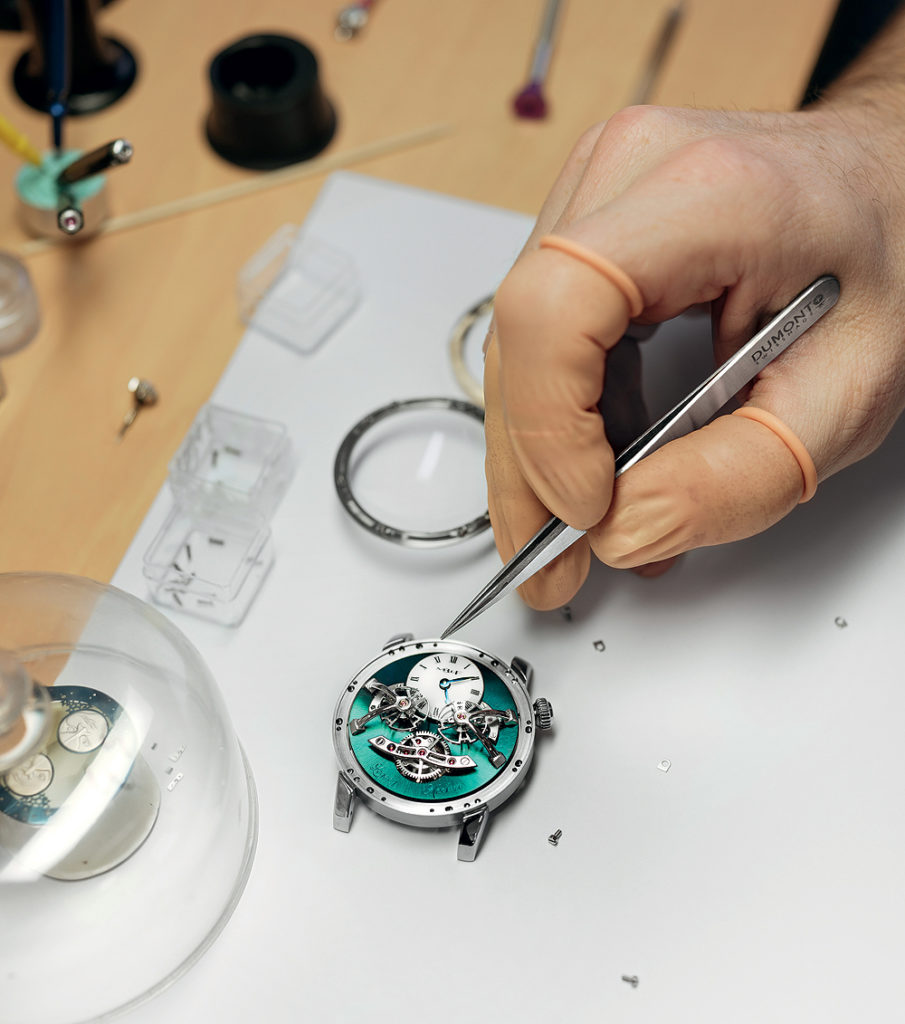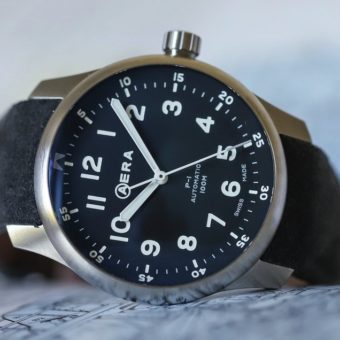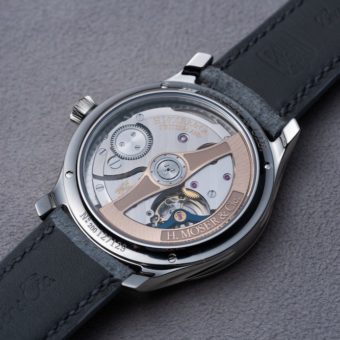“Independent watchmakers do not have deep pockets like big brands but they have a real, knowledgeable client base and a fan following with a deep emotional link.”
I sat down with MB&F founder Maximillian “Max” Büsser, who made his mark with brands like Jaeger-LeCoultre and Harry Winston before creating “fiercely unconventional timekeeping machines” with his own company (and the help of many friends).
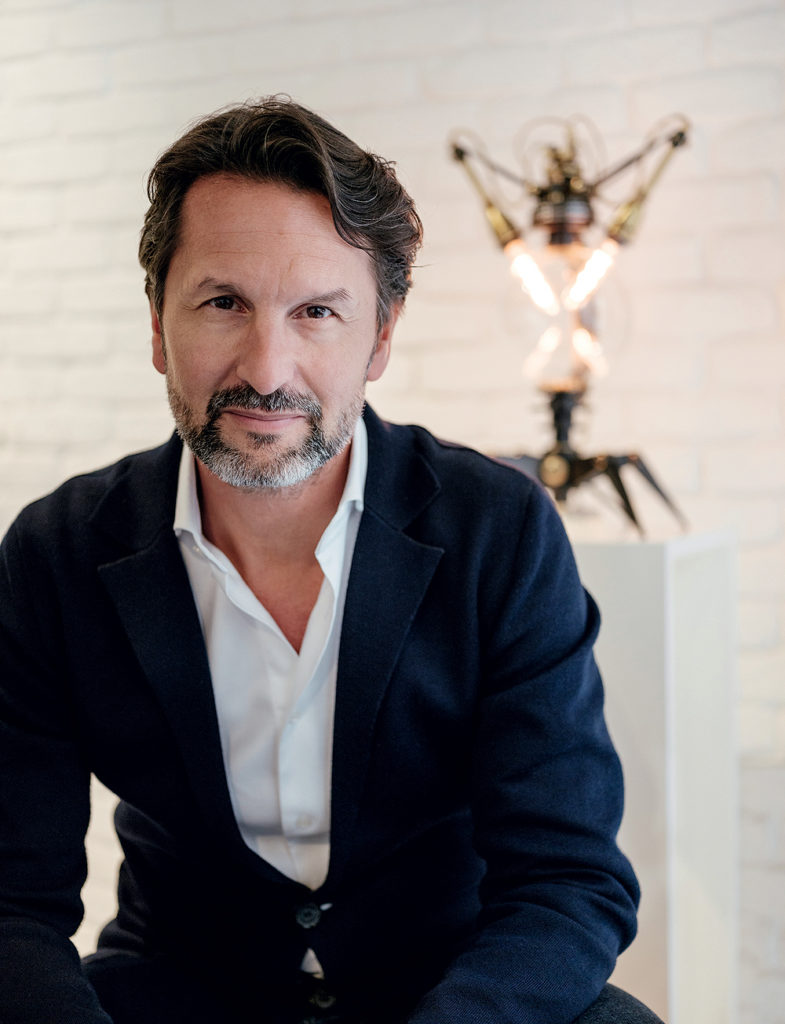
WT: How important is it to have friends [the “F” in MB&F]? And who are MB’s friends?
MB: As a teenager I suffered from not having many friends, as I was often the “weird” one. It teaches you the value of real friendship and who is there for you when you really need them. I used the word “Friends” in our brand name, because “Maximilian Büsser and great artisans, engineers, watchmakers who share the same values, enthusiasm and passion” would have been a little long ….
WT: Playfulness, creativity and storytelling are always present in MB&F’s watches. What relevance does imagination have for you?
MB: Einstein said, “Creativity is intelligence having fun.” You could replace creativity with imagination. Being able to imagine different worlds, different paradigms and different circumstances is an extraordinary gift. It transforms even the most banal experience into an event. I honed that talent as a child when I spent thousands of hours alone in my room. Imagination is what allowed me to keep my sanity… for those who still think I am sane, of course!
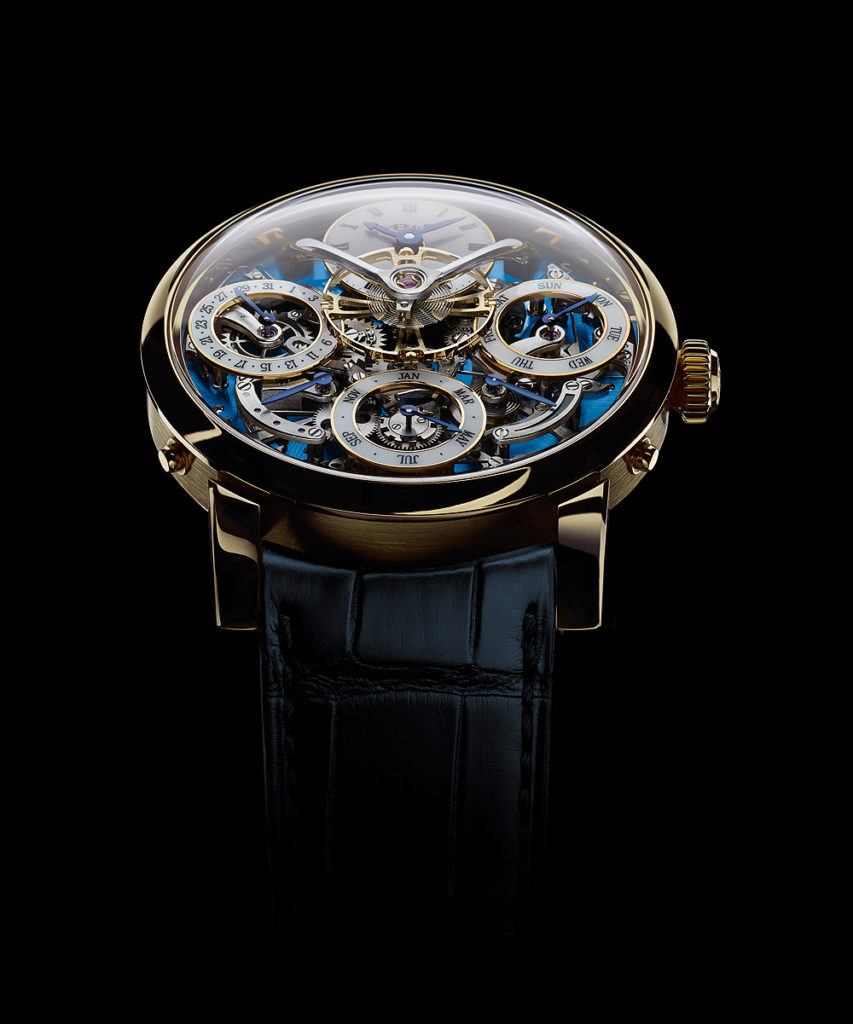
WT: Is there a particular collaboration that stands out?
MB: For the most important part of my life I have never looked back. The adrenaline is always about the next collaboration. Having said that, I have had the chance to co-create with, amongst others, François-Paul Journe, Vianney Halter, Felix Baumgartner, Kari Voutilainen, and Eric Coudray — all incredible minds. I would nevertheless single out Stephen McDonnell, who invented our Legacy Machine Perpetual. Stephen is truly in a league of his own.
WT: How did you bring Kari on board?
MB: Legacy Machine 1 was created with Kari in mind. I will always remember the day we drove up to Môtiers to present the project to him. Initially, he politely told me that he had too much work to think of a collaboration, without seeing the idea. I then showed him the drawings and three minutes later he was 200 percent onboard. Kari actually wears, very often, his LM1, and I am always so proud to wear his Vingt-8. Every time I look at it, I think of that meeting in his workshops.
WT: Surprisingly, you have constantly increased your own production capabilities over the past few years. How big will MB&F be in the future?
MB: Over the last seven years, we have integrated many resources in-house. It started off as a helpful way to prototype some parts, then to retouch components that our suppliers had delivered defective (gaining the two to four months of back and forth between us and them); then it was to manufacture parts that our suppliers were not able to; then to manufacture about 30 percent of our movements’ parts; then to also make a few cases. Now, 70 percent of our cases are crafted in-house! Integrating the right resources minimizes seriously the risks from subcontracting. We will probably integrate a few more machines in the coming months, but there is no plan to become a full-fledged manufacture.

WT: Undoubtedly, 2020 is one of the most challenging years for the watch industry. Do independents have an advantage?
MB: Independents do not have deep pockets like big brands, but they have a real, knowledgeable client base and a fan following with a deep emotional link. Our clients are not interested in status symbols; they resonate to our hand finishing, artisanship, creativity and journey. At MB&F over the last seven years, we have purposefully crafted fewer pieces than the market wanted. The consequences have been incredible for the beginning of this year: the number of pieces sold to final customers — the sell-out — is bigger than the number of pieces delivered to retailers — or the sell-in — meaning retailers’ inventories are actually lower! All this, while for the last two months, 90 percent of our retailers were closed. Never have I been so happy that my company is so small.
WT: Why did you choose a career in the watch industry?
MB: The watch industry chose me — much more than I chose it. I actually was not planning at all to work in that industry even though I loved mechanical watchmaking in an era when no one cared for it. Karma has played an enormous part in my life. In January 1991, I met, again by chance, Henry-John Belmont, then CEO of Jaeger-LeCoultre, on the ski slopes and we started talking about what I would do as a first job. Stéphane Belmont, Henry-John’s son, was doing the same engineering studies as I at the Lausanne Polytechnic, and that is how I first met his father. I talked about Procter & Gamble and Nestlé, with whom I was interviewing. He had me called up a week later to offer me the position of Product Manager at JLC. The rest is history.
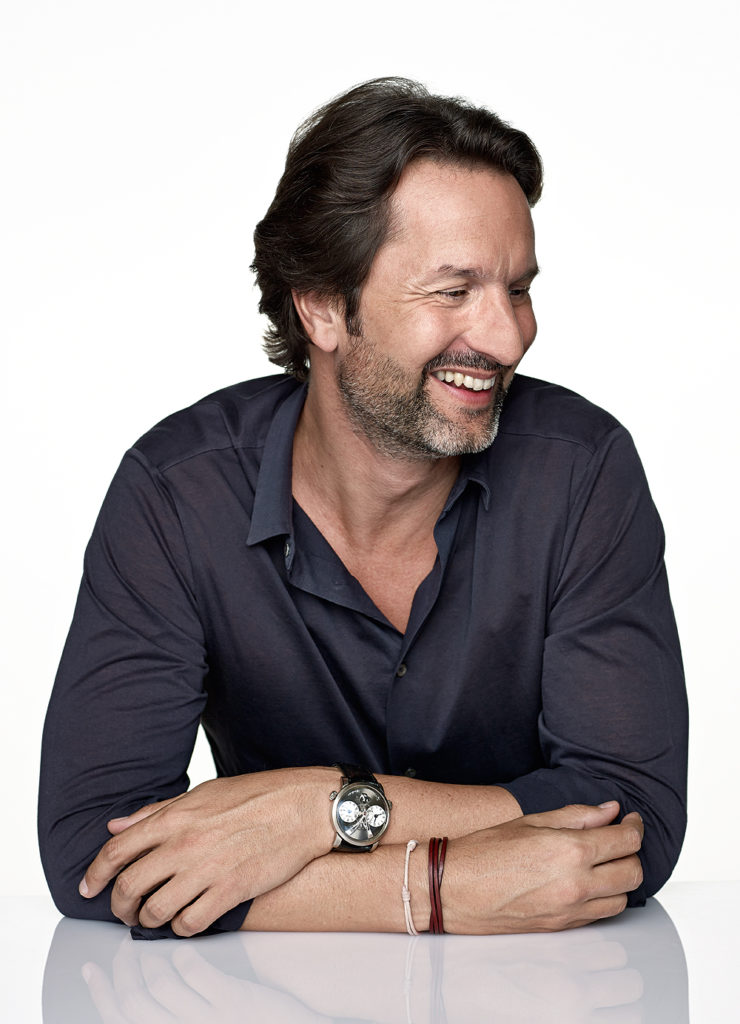
WT: What has been your most emotional moment since you started your own brand?
MB: There have been tons of emotional moments. Every gestation and birth of a new piece is a surge of emotions and adrenaline. There is not one I can pinpoint. Working on pieces which truly terrified me — because I thought no one would buy them — have to be my most vivid memories: the HM1, HM4, HM6, but also FlyingT, for example. We are always smarter with hindsight. I have always been very swift to give my trust, and sometimes I am hurt or disappointed. I started wondering if I should be more paranoid to protect myself, but then life is so much less enjoyable. I prefer to still take risks on people and maybe sometimes get hurt.
WT: What is your favorite complication?
MB: I do not need a “complication” to love a watch. I first need to be amazed, which is arguably pretty rare these days. Then I need the piece to be incredibly well engineered and beautifully finished. Of course, beauty is in the eye of the beholder. More importantly, my heart needs to beat faster when I hold it in my hands and I need to feel the creator has poured his soul into it.
WT: What was your first “real” watch?
MB: It would have to be the steel Ebel Chronograph I bought with all my savings in 1990 to celebrate being still alive after a pretty horrendous accident in the army. One of the first things I did, once I was released from six weeks in the hospital, was to hop on a bus — my whole upper body was still in a cast, but luckily my left arm and wrist were free — and buy that piece I had been lusting over for a couple of years. In those days, Ebel was one of the most desirable brands in Europe and competing easily with Rolex in image if not in quantities. Don Johnson was wearing it in Miami Vice, albeit a gold-on-gold model! Ebel made high-end watchmaking cool for the first time. And that piece had in those days the same El Primero chronograph caliber as the Daytona. And yes, of course, I still have it! I have very rarely sold a watch. Even if I do not wear some of them much anymore, each piece represents a milestone in my life.
WT: What do you want your legacy to be?
MB: If our story can inspire people to create what they believe in, to dare leave the herd mentality and to go after their personal dreams, it will have all been worthwhile.
